



Menus Come Alive: Is Augmented Reality the Future of the Restaurant Industry?
August 13, 2025
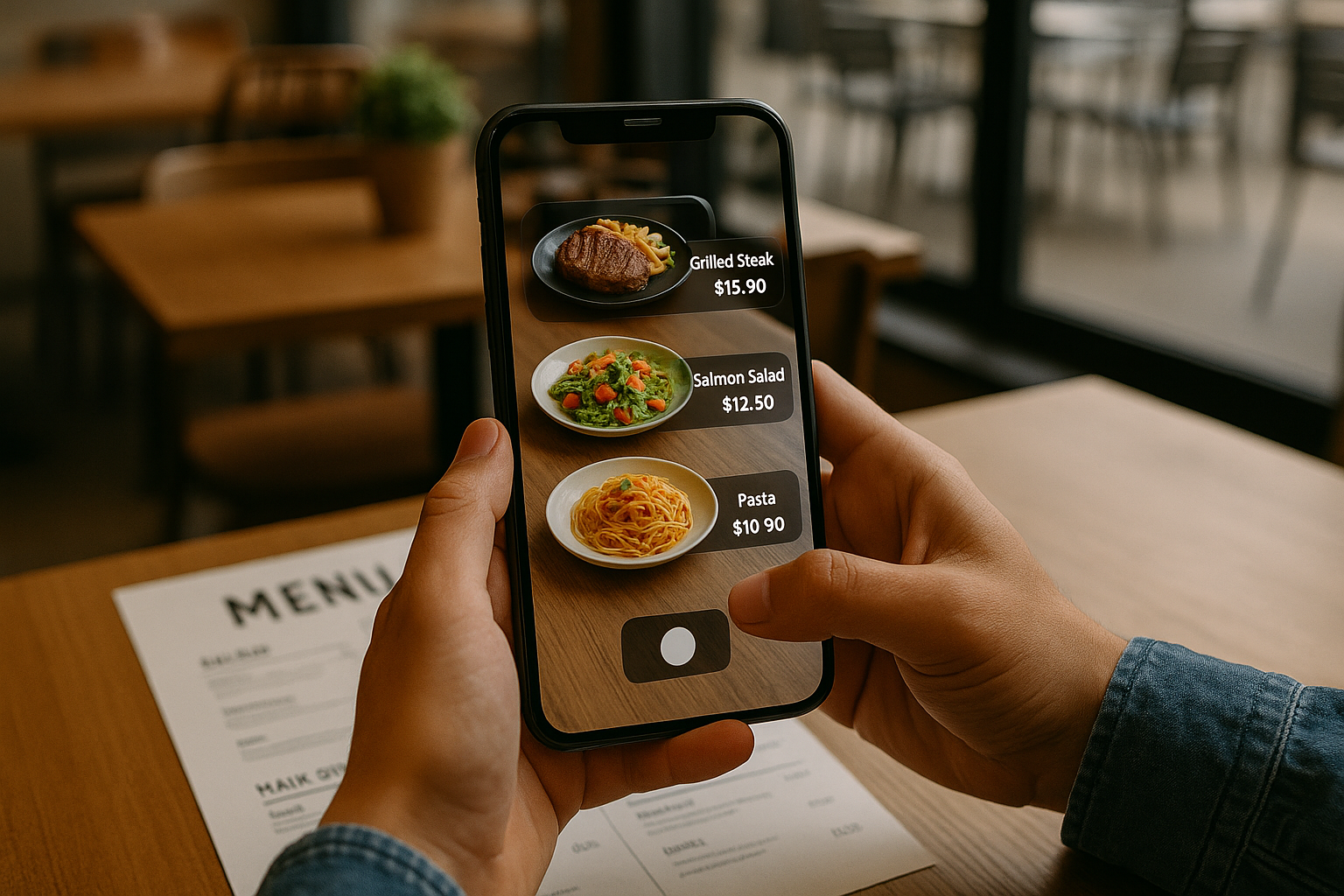
Imagine this: a guest scans a QR code and watches your signature burger rise from the table in 3D, juices sizzling, bun glistening, fries stacked beside it. No guesswork. No tiny print. Just appetite sparked and a decision made in seconds.
It may sound like a futuristic scene, but this type of experience is already live in restaurants across the country, and the potential goes far beyond the wow factor. Augmented reality (AR) is quickly becoming a powerful tool in hospitality. And for restaurant brands looking to innovate without alienating guests or overhauling operations, AR menus could be the entry point to the future. But the guest experience is only half the story, and what happens behind the scenes matters just as much. AR menus can’t function in isolation—they depend on rock-solid backend systems, clean menu data, and cross-channel consistency to actually drive value.
Let’s explore what AR menus are really doing for restaurants, and what it takes to get them right.
What are AR menus, really?
AR menus aren’t just digital. They’re dimensional. They use a mobile device to overlay 3D visuals, interactive content, or contextual information on top of a restaurant menu—turning static descriptions into interactive experiences.
Guests can:
– Visualize their meal in full 3D before ordering.
– See ingredient sourcing, dietary info, or sustainability stats with a tap.
– Interact with menu items—zooming in, rotating dishes, and exploring portion sizes.
According to BrandXR, brands using AR are already seeing measurable returns: increased satisfaction scores, reduced hesitation in ordering, and better conversion on limited-time offers and upsells. A study conducted by AR food app Kabaq in partnership with fast-casual burger chain Bareburger found that guests who viewed virtual dessert options via tablet using AR technology increased dessert sales by 25%. But that level of success doesn’t happen automatically. It takes more than just a flashy 3D render.
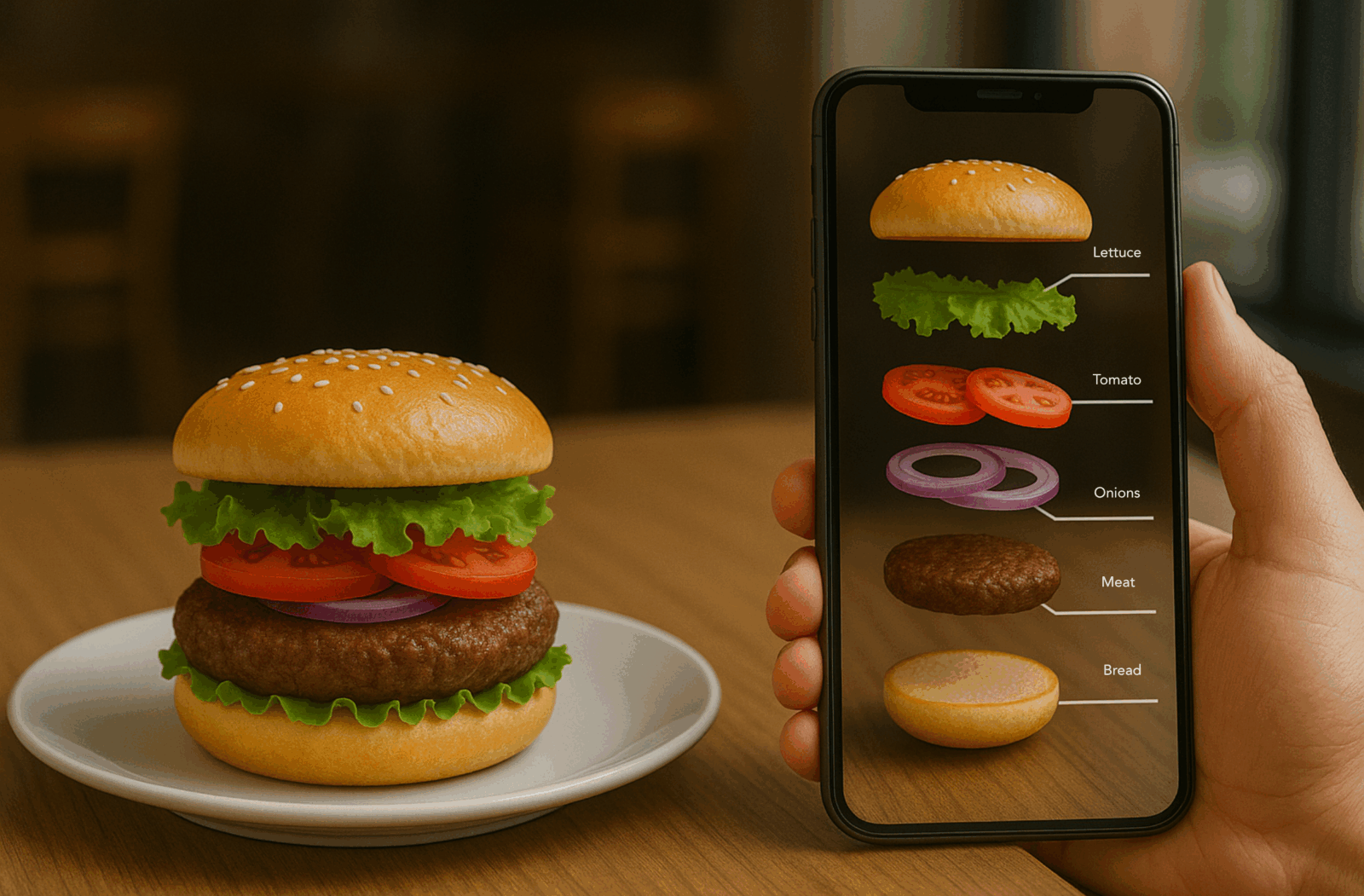
AR accessibility for every brand
There’s a common misconception that AR is only viable for enterprise-scale brands with massive innovation budgets. But the truth is, there are tools available today that are democratizing access to immersive tech. AR doesn’t have to replace your entire menu: it can start with one item, one promo, or one location.
To be successful with AR, what matters most is whether your backend is ready to support a new layer of the guest experience. That’s where menu infrastructure becomes make-or-break. Whether you’re a local, 3-unit coffee shop or a regional chain with dozens of locations, the construct and organization of your menu, especially all of the item nuances, will really be the determining factor as to whether you are set up for AR success in the long-run.
Why AR can’t succeed without a solid tech stack
The biggest barrier to AR adoption isn’t creativity—it’s complexity. To deliver a smooth AR menu experience, you will need to consider:
– Clean, structured menu data that’s optimized for each ordering channel, minimizing errors across POS, online, and third-party platforms while streamlining internal updates.
– A POS that can handle dynamic add-ons, modifiers, and visual prompts.
– Menu management systems that can push updates in real time across channels, including your third-party ordering platforms.
If your current menus are messy, disorganized, or difficult to update, introducing augmented reality (AR) or any new technology won’t magically fix those problems. In fact, it will only amplify the existing friction—making it more frustrating for your team and customers alike.
At 5&5, we believe that technology should simplify operations, not complicate them. That’s why we start by helping brands assess their digital menu maturity. Before you jump into the latest tech trends, it’s essential to ensure your menu data is clean, accurate, and well-organized. Our approach goes beyond a simple checkup. We provide comprehensive menu audits that identify inconsistencies, outdated items, and data gaps. Then, we collaborate with your team to build and optimize your menus—making sure they’re structured for maximum flexibility and ease of updates.
A critical part of this process is POS mapping and validation. We verify that your menu data correctly aligns with your point-of-sale system to prevent ordering errors, ensure accurate reporting, and streamline backend processes.
Once this foundation is solid, integrating advanced technologies like AR becomes a smooth process rather than a source of new headaches. Clean, centralized, and flexible menu data means your digital tools can plug in seamlessly—helping you deliver a better guest experience, increase sales, and save your team valuable time.
In short: successful technology starts with great data. At 5&5, we’re here to make sure your menu data is optimized and ready for whatever the future.
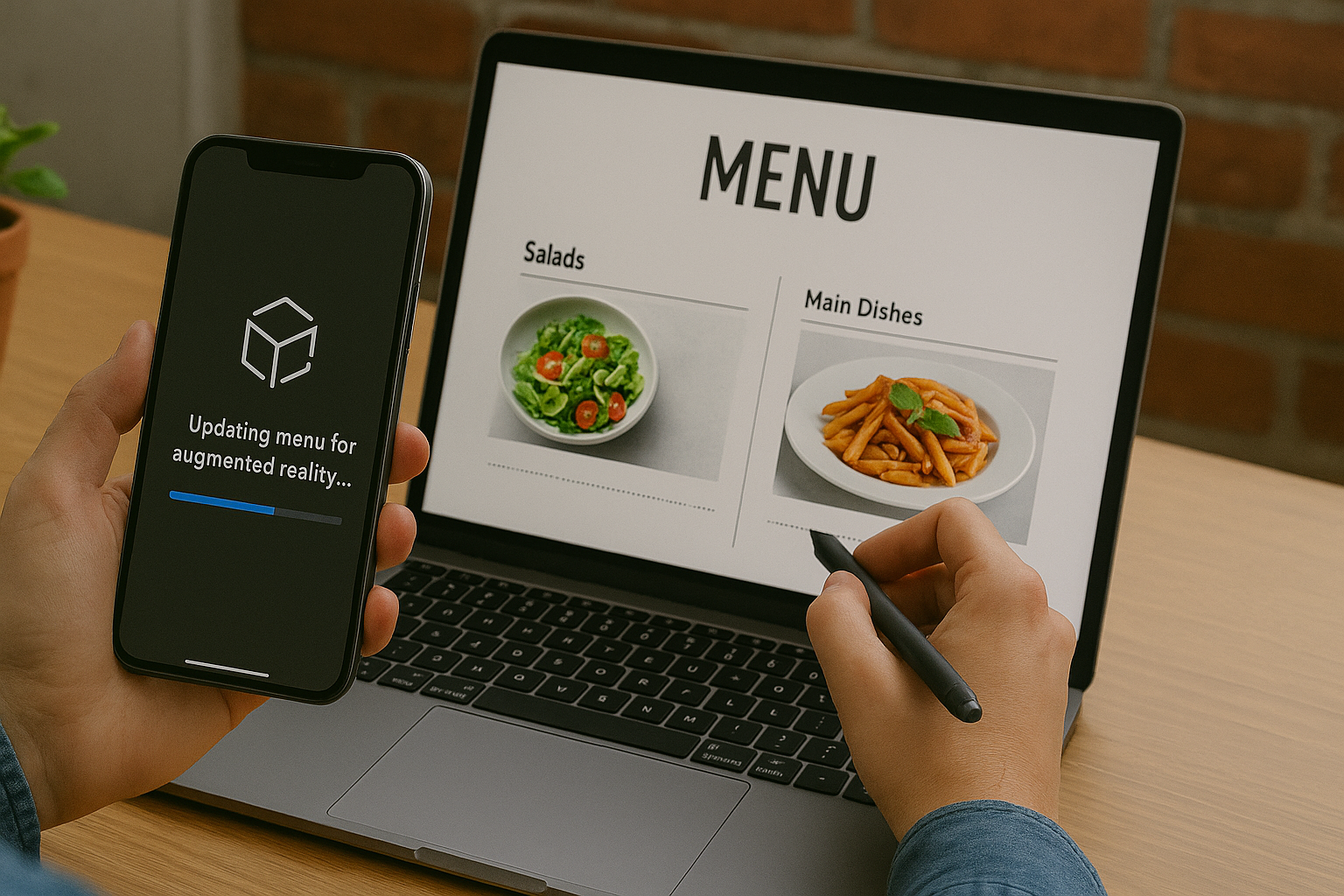
How 5&5 supports future-ready menu experiences
We’re building expertise in AR to help brands leverage this technology and other innovative tools. We partner with restaurant brands to:
– Structure and optimize menu content for accuracy, discoverability, and extensibility.
– Integrate menus across POS, loyalty, ordering, and 3PD (3rd Party Delivery).
– Provide ongoing support to keep menus fresh, seasonal, and scalable across all channels, including AR.
If you’re exploring ways to enhance the guest experience with the help of menus, , or just wondering what it would take to get there, we can help assess where you stand and what steps to take to optimize your menus for AR. You don’t have to go all-in overnight, but building the right foundation today will not only create stability over time, but it will make experimentation more feasible .
What’s next: AR menus and the guest experience
Think about the next generation of diners who are digital natives. They’ve grown up with visual search, interactive content, and hyper-personalization. To them, static menus may feel underwhelming, outdated, or worse, “gross.” .
AR has the potential to:
– Make dietary transparency more intuitive and trustworthy.
– Turn seasonal LTOs into animated promotions.
– Create immersive brand storytelling that turns guests into loyal fans.
Technology platforms are rapidly improving how quickly and smoothly AR visuals load and display, enhancing image quality, reducing lag, and creating more realistic, immersive experiences. This integration with restaurant systems suggests that augmented reality is moving beyond novelty to becoming an expected feature. The real question isn’t whether restaurants will adopt AR but added, which ones will be ready to meet guests’ evolving expectations when it becomes the new norm.
Let’s get your menu future-ready
Augmented reality is more than just an experience. It’s an emerging technology that will soon transform how guests interact with menus, whether through tablets at the table, digital displays, printed menus enhanced with AR overlays, or even immersive in-restaurant experiences. AR offers new ways to connect, engage, and excite your guests by bringing your menu to life like never before.
But before you dive into AR, it’s critical to understand if your digital infrastructure is ready to support this evolution. At 5&5, we partner with brands to assess and elevate their digital maturity—helping you map out what your menus, operations, and technology need next. Together, we’ll prepare your business to not only meet today’s demands but thrive in the interactive dining experiences of the future.

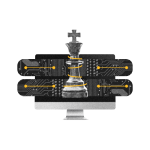







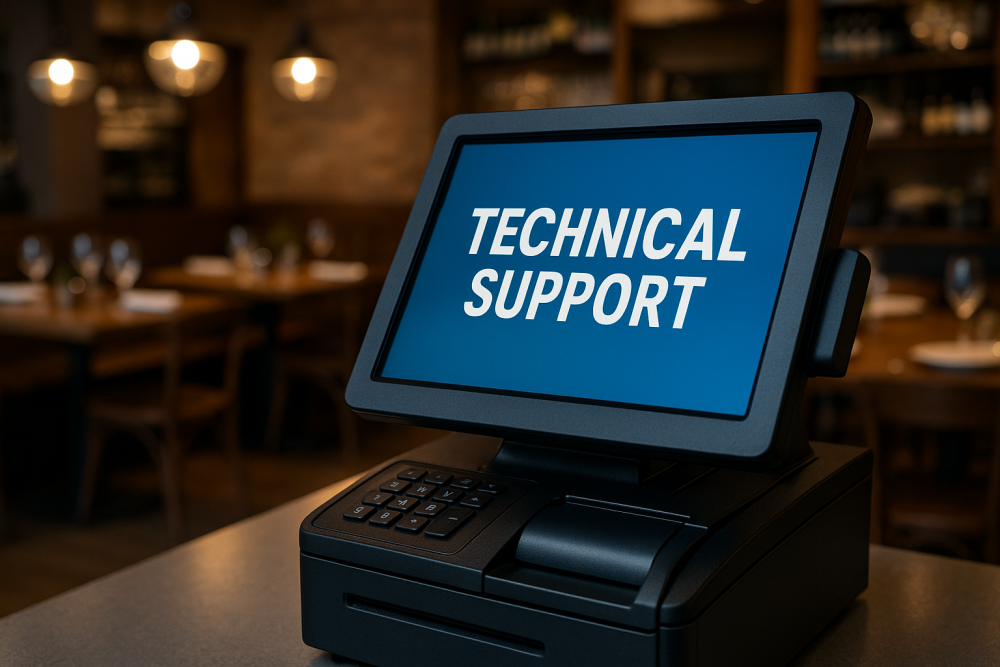

Leave a Reply